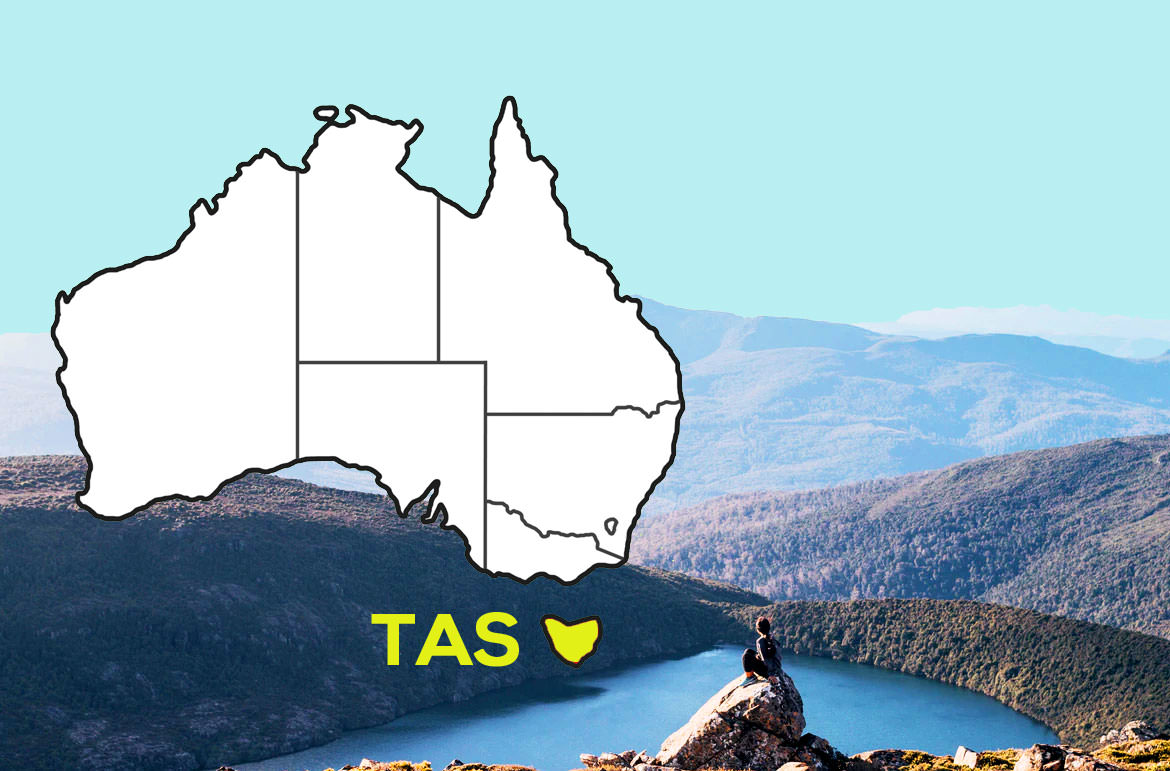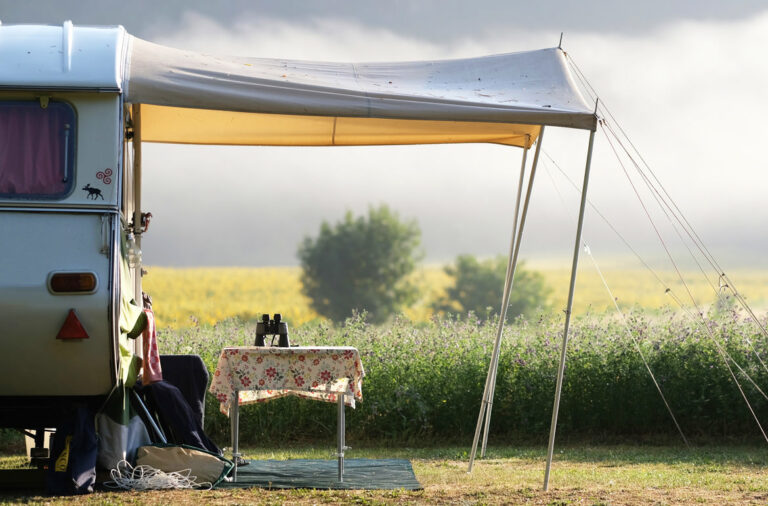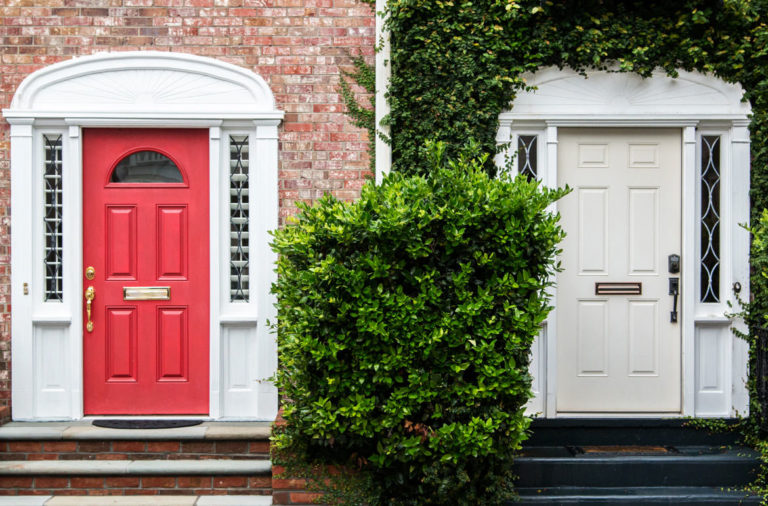
If you are planning on building a granny flat in Tasmania, you must adhere to the regulations of your local Council. You may find these intimidating, so, here is a summary of rules for Granny Flats in TAS:
The Granny Flat rules in Tasmania indicate the maximum size must be no more than 60sqm or 30% of the total area of the main dwelling (whichever is less). They can be rented to anyone. There is no obvious rule regarding a minimum block size – there is actually no state-wide policy on what you can and can’t do, so the rules will vary between local Councils themselves.
There are still some standard regulations you must meet, such as building approval and an Occupancy Permit.
DON'T PAY A FORTUNE FOR YOUR GRANNY FLAT. Find out how to deal with council and build a granny flat for the lowest cost possible. Learn More.
I will cover the costs to build a granny flat in Tasmania. Discuss the difference between tiny homes and granny flats. And provide a list of recommended granny flat builders in Tassie.
Can You Build a Granny Flat on Your TAS Property?
There is no state-wide policy in Tasmania on what you are and aren’t allowed to do when building a granny flat, so rules vary between Councils’.

Council rules can be complicated, so it’s wise to stick to the rules below
Instead, the construction and use of dwellings of any size (including secondary dwellings) are included in the Building Act 2016.
So, developing your land for residential purposes requires approval from your local Council.
Meaning, granny flats require building approval, and the following conditions must be met:
- All building and plumbing work must comply to the standards of the National Construction Code
- An Occupancy Permit is required before the granny flat is used
- (This is a document issued by a building surveyor, stating the building is liveable).
A granny flat must be:
- A maximum floor size of 60sqm or no more than 30% of the total area of the main home (the lesser).
This is up to your local Council, so if you wish to build something bigger it is worth giving them a call.
There are also no obvious rules around minimum block size, so I suggest you contact your local Council about this.
For more information, visit the Tasmanian Government Consumer, Building and Occupation Services site.
Costs to Build a Granny Flat in Tasmania
When planning a granny flat, choosing your design is exciting. But you must put a lot of careful thought into it, as prices can vary and increase dramatically.
For example, prices for a standard 1-bedroom portable home begin from $40 000. However, the average price for a 1 bed, self-contained granny flat ranges from $50,000 – $100,000.
I understand you need the granny flat to suit both your style and your primary dwelling.
However, the slightest changes can cause big changes to your budget.
So, take time to think about what plan is best for you.
When looking for a design, try finding one that offers you no additional charges to make changes to their floor plans, including:
- Flipping/mirror reversing an already crafted design
- Altering slightly from an existing plan
Next, once you receive a contract, ensure these costs are in your price:
- Any alterations you made
- Any inclusions you chose (i.e. your fittings and fixtures) *
*Note – this price may be an approximation, as the exact make/model/amount may not be known at the time.
The below costs might not be in your contract, so you might have to add them to your budget:
- Obligatory inspections by a building surveyor (if not already included in your builders’ fee) Up to $2000
- Approval fees – These vary depending on your local Council
- Occupancy permit fee – Your building surveyor can advise you of this.
- Sub-meters – If you want to rent out the granny flat, you may need to install new sub-meters for gas, water and electricity.
Gather 3 quotes per company to discover your options.
- Installation fees – You will probably also need a licensed plumber/electrician to install new services.
Again, get at least 3 quotes before deciding.
If you find the price of building a granny flat in Tasmania too high for your budget, there are ways to lower the cost, including:
- Reduce/remove prime cost items (i.e. fixtures/fittings with an estimated price) These can severely impact your final price
- Keep it to the basics – Build a detached design that is integrated into the main home. Meaning, you do not need to include a laundry or kitchen if you can let the occupants use those in the main home. If not, you can always modify the design afterwards, making the unit self-contained yourself
- Keep it simple but swell and choose a pre-designed transportable unit – see “Tasmanian portable buildings” below
- Perform all the manual labour yourself – see my post about being your own owner-builder granny flat builder.
Different Rules Between Tiny Homes and Granny Flats in TAS?
“Tiny homes” is a name for small, movable dwellings.
Tiny homes are either made:
- To be permanently attached to land, or
- Attached to wheels so they can be constantly moved around.
I will give you some guidelines on their laws and how they differ from approval for granny flats in Tasmania.
But first, let’s establish the difference between granny flats and tiny homes.
A granny flat:
- Must be built on a property that has a primary dwelling
- Typically includes a kitchen, bathroom, living area and its’ own entrance
- Is a permanent building that can take different forms, such as:
- Attached
- Detached
- A garage conversion
- An over-the-garage build, or
- Conversion of part of the main home
Tiny homes are:
- Smaller than a granny flat (50sqm maximum)
- There are two types of tiny homes;
- Mobile tiny homes, that are built on a movable trailer and legally classified a “caravan”.
- Those that are not mobile, that have a foundation.
- Must adhere to the rules governed by motorhomes and trailers regarding their safety on the road
Laws tend to depend on the size of your tiny home and if it is on wheels.
According to the Land Use Planning and Approvals Act 1993 in TAS, these definitions apply for structures with wheels:
- A “vehicle” is a motor vehicle/trailer
- A “trailer” is a vehicle that is designed to be towed by a motor vehicle
- A “caravan” is a trailer that is built mainly to use as a dwelling.
So, if the tiny home on wheels is capable of being registered as a “vehicle” by the Tasmanian Motor Vehicle Registry, it:
- Is not a building
- Does not require building approval for installation.
If it cannot be registered as a “vehicle”, then it is a building, and the Building Act applies, so:
- Building on-site requires planning approval.
In summary, if;
- Your tiny home has wheels and can be registered as a “caravan”, you do not need building approval
- You want to put your tiny home on a foundation and make it a permanent structure, you will need approval.
*Please note – This information was gathered from the Tasmanian Government’s website and is subject to change.
For the latest information, visit www.cbos.tas.gov.au.
*Also note – The information is also general, for information specific to your area please contact your local Council.
For more information on Tiny Houses, see the association which has been set up for them.
Tasmanian Portable Buildings – The Options
A portable (also called a demountable or transportable) is:
- Designed to be moved, not permanently placed
- Made off-site and transported to your property
- Mostly pre-designed but can be custom-made.
As such, the rules may differ from a portable than a granny flat.
Regulations do vary between Councils’, but generally speaking they are;
- Portables must be no more than 30% of the total size of the main home
- You must either have building approval, or a written exemption from a building surveyor.
Below is a list of those who supply portables throughout Tasmania:
- TasBuilt Homes – 1800 639 310
- Wholesale Homes and Sheds – 1300 854 975
- Superior Portable Cabins – 0427 512 693
- Arch Shelter – 1800 775 244
- Ecoshelta – (02) 8313 6571
- TasBulk – (03) 6263 6833
- EcoLiv – (03) 5672 5196
- Homes4You – 0419 487 187
- Tassie Containers – 0439 334 111
- SystemBuilt – (03) 6214 8888
- Timber World – (03) 6399 5288
- Kit Homes Tasmania – (03) 6118 4721
- Valley Workshop – 0419 647 167
- Statewide Constructions – (03) 6278 1510
- Tom’s Log Homes & Cabins – 0419 362 839
- Tas Kustom Cabins – 0447 589 329
- Make Home Solutions
List of Granny Flat Builders in TAS
See the list below of reputable granny flat builders:
- Kapel Koncepts – 0400 684 473
- NEATHouse – 0418 108 182
- Homes4You – 0419 487 187
Conclusion
There is no state-wide policy in Tasmania on what you can/cannot do when designing a granny flat.
So, the rules vary between Councils’.
However, there are some standard rules, including;
- You must restrict the size to 60sqm or 30% of the total area of the main dwelling (whichever is less)
- You will need building approval and an Occupancy Permit.
There are no restrictions on who can live in them – they can be rented to anyone. There is no obvious rule regarding a minimum block size, so I suggest you contact your local Council before a diy granny flat.
Regulations are similar when it comes to portables.
Tiny homes are also allowed without building approval, if:
- Your tiny home has wheels and can be registered as a “caravan”.
However, your tiny home will require approval if:
- You want to put it on a foundation, making it permanent.
*Please note – all information provided in this article is general. I recommend you contact your local Council for specific advice to your exact location in Tasmania.












